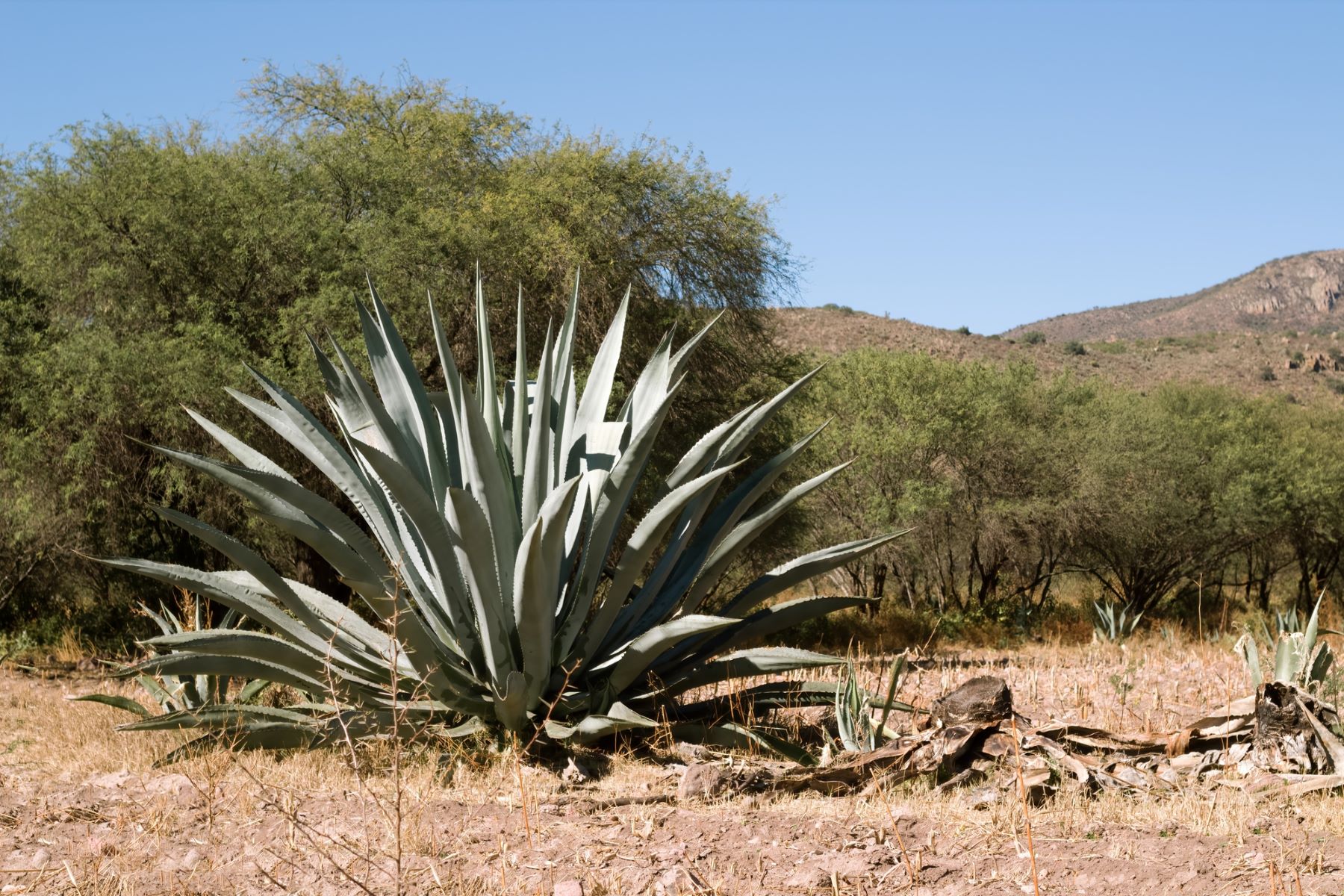Thanks to a yeast, a genetically modified strain of Saccharomyces cerevisiae, a group of Brazilian researchers has been able to convert agave into ethanol. This gives great hope when it comes to the production of this biofuel.
Scientists from the University of Campinas (Unicamp), in Brazil, have developed a genetically modified strain of the yeast Saccharomyces cerevisiae capable of carbohydrates present in agave or magueya type of succulent plant common in Mexico and northeastern Brazil.
With this innovation, said factory acquires the potential to produce one of the most important raw materials for the ethanol production in semi-arid environments. And this biofuel plays a fundamental role in the context of climate change. In this sense, the researchers have registered a patent application with the National Industrial Property Institute (INPI) of Brazil with the number BR 10 2024 009105 1.
Maguey is known for being the plant from which the distilled alcoholic beverage tequila is made, and recently it has gained fame as a healthy sweetener. In Brazil, production is only for the production of sisal fibers and a large part of the waste is thrown away biomass.
According to the researchers This biomass is not yet used in the production of biofuel ethanol fundamentally due to the need to achieve greater efficiency in the conversion of plant sugars. The main sugar is a fructose polymer called inulin, the digestion of which requires an enzyme not naturally present in Saccharomyces cerevisiae, the yeast used in the industry to produce ethanol.

For the fermentation of tequila, for example, it is necessary to initially carry out a hydrolysis process, in which that carbohydrate is broken down and converted into smaller sugars that the yeast can then digest. The The alternative lies in working with other natural fungiwho naturally consume inulin; but options with the efficiency that industrial processes require have not yet been found.
So that he agave becomes possible as a raw material for the production of ethanel, researchers from the Laboratory of Genomics and Bioenergy of the Institute of Biology (LGE-IB) of Unicamp applied genetic engineering strategies and created a new strain of S. cerevisiae.
“There is a pathogenic fungus of the agave that feeds on it through the action of a specific enzyme,” explains Ana Clara Penteado David, researcher at LGE and author of the master’s project that gave rise to the genetically modified yeast. “What we did was add that enzyme to S. cerevisiae, which, according to laboratory tests, gave it the ability to… convert agave sugar into ethanol.”
“In this way the agave has the potential to expand normal use of ethanol in carss, hybrid vehicles equipped with batteries powered by that fuel and also formulate sustainable aviation fuels, that is, sustainable aviation fuels, with ethanol as the main raw material,” says Fellipe da Silveira Bezerra de Mello, professor and researcher at LGE-IB. -Unicamp and one of the directors of the work. “This is also due to the favorable global leadership position that Brazil occupies in the sector, with its history and tradition.”
In addition to applications in the biofuel industry, the researchers believe that the patent can also be useful in the food sector, where inulin is used in the production of fructose and syrups.
Know the Brave program to produce ethanol
The development of the new strain of S. cerevisiae is part of the Brazilian Agave Development (Brave) program, or in Spanish Brazilian Agave Development, a partnership in which, in addition to Unicamp, the oil multinational Shell and educational institutions also participate. and research centers such as Senai Cimatec, the Federal University of Recôncavo de Bahía (UFRB), the University of São Paulo (USP) and the Universidade Estadual Paulista (Unesp). According to Gonçalo Pereira, IB-Unicamp teacher and director of the work, Brave strives transform agave into the “sugar cane of the semi-arid” in terms of productivity.
“The world has more semi-arid areas than forestsbut strangely enough, we have never actually developed specific technologies for this type of vegetation,” says Pereira.
“Now we plan to reverse this situation and make the Brazilian wilderness, which covers a total of 105 million hectares, viable.” [de un total de 850 millones de hectáreas del país]for the production of agave. Already 10 million hectares We have managed to produce more than double the ethanol currently produced.»
“It’s important to remember that This plant adapts perfectly to this environment, mainly thanks to the structures called stomata, which allow the carbon dioxide necessary for photosynthesis to be captured during the cooler night period, and converted into an acid. Meanwhile, these structures remain closed during the day so as not to lose water,” Pereira explains.
Although the first fundamental step in this direction has been taken, there are still obstacles to overcome, such as removing substances toxic to the yeast from the maguey juice.
Biofuels, as it is the case of ethanol are useful tools to embark on the path of decarbonization and achieve a remarkable and significant reduction in the amount of greenhouse gases emitted by transportation and other sectors.

